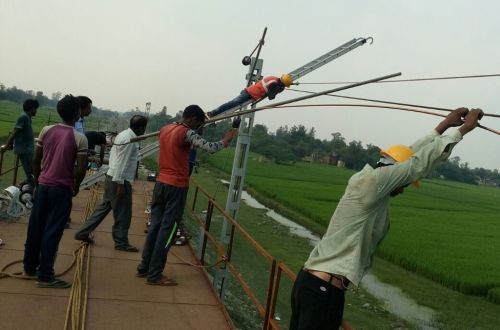Shortly after his appointment as railways minister in September this year, Goyal caused controversy by indicating that the GE deal could be scrapped. Following a media uproar, Goyal rescinded and announced that the development of the Marhoura facility would proceed according to plans.
Goyal’s electrification thrust is based on arguments that the move would contain greenhouse gas emissions, while also enabling IR to cut its annual fuel bill by Rs 110bn ($US 1.7bn).
Currently IR spends Rs 180bn a year on diesel and Rs 90bn on electricity. According to official calculations, if all 19,000 trains operated by IR were to run on electricity, expenditure on traction energy would fall by Rs 110bn to Rs 160bn.
“We are giving a relook to the ways of speeding up the electrification process of rail lines across the country. The cost on account of power is quite less and so we can do a lot of savings in that,” Goyal says.
However, Goyal’s calculations seem to ignore the the huge capital costs involved in making the shift towards electrification. Of IR’s 66,030 route-km network, 22,224 km had been electrified by 2015. The cost of electrifying the remaining 43,808km is estimated at Rs 350bn. A further Rs 600bn would be needed for the procurement of around 4000 electric locomotives to replace the 5000 diesel locomotives currently on IR’s roster. This is in addition to the Rs 300bn cost of sunk capital in the abandoned diesel fleet.
Furthermore, the cost to the economy of IR’s Rs 180bn diesel bill is only around half of this amount as nearly half the purchase price goes back to the government as taxes.

